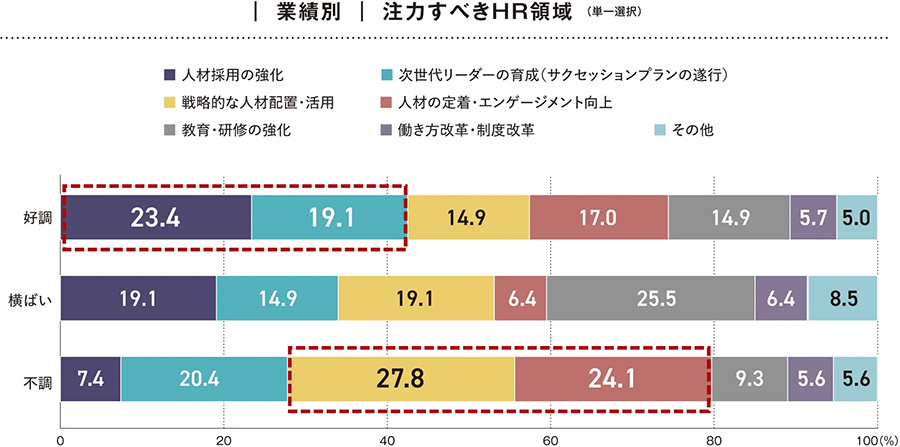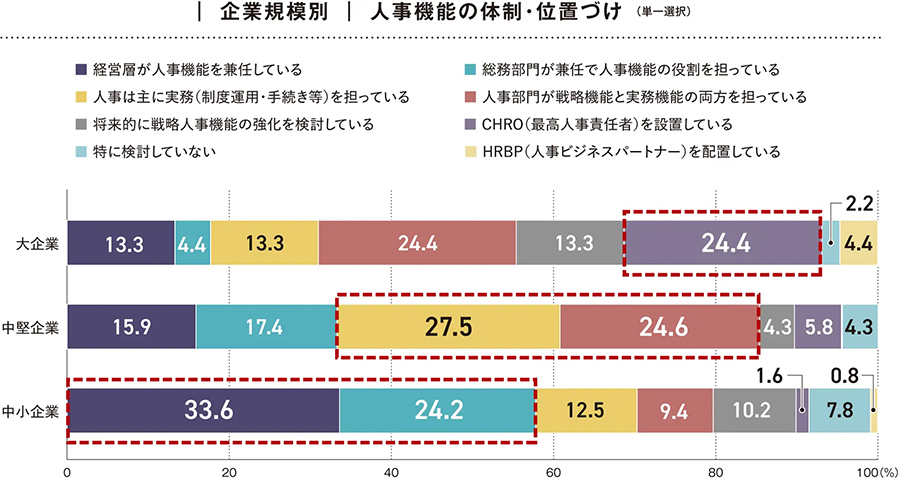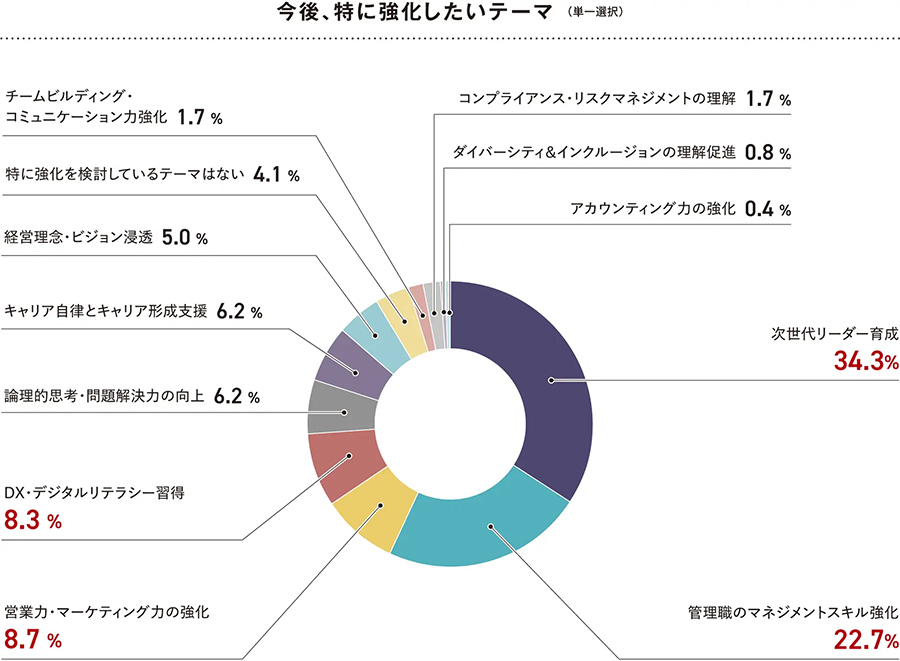Japanese companies with clear HR strategies outperform their peers


Companies with well-defined and focused HR strategies tend to outperform their peers, according to a new report by Tanabe Consulting, a leading Japanese management consultancy.
The nationwide survey of executives, managers, and HR professionals from Tanabe Consulting found significant differences in how organizations design and implement their HR strategies. High-performing companies were more likely to prioritise “strengthening recruitment of human resources” (23%) and “developing next-generation leaders” (19%).
In contrast, companies with weaker results tended to concentrate on consolidating existing structures or addressing internal challenges. The findings suggest that forward-looking, growth-oriented HR strategies are a defining feature of stronger-performing organisations.
Less performing organizations for example are more focused on workforce utilization and personnel planning – areas that are more focused on stabilizing the organization.

Source: Tanabe Consulting
Importance of communication and flexibility
The data strongly suggests a correlation between low employee turnover and specific workplace practices. For example, companies with a low turnover rate (under 5%) reported a relatively high implementation rate for “promotion of dialogue between superiors and subordinates” (58%) and “introducing flexible work systems” (30%). This indicates that good communication and adaptive work styles are important for employee satisfaction and retention.
Conversely, companies with high turnover (10% or more) focused heavily on “strengthening internal communication” but showed a tendency to under-implement crucial measures like improving remuneration and expanding flexible work options.
Human capital management maturity
Companies with specific HR leaders were better able to manage their teams. For instance, companies with a Chief Human Resources Officer (CHRO) or other similar roles had notably higher rates of human capital excellence, including “setting and managing human capital KPIs” and “introducing talent management systems”.

Source: Tanabe Consulting
There too were differences in terms of the maturity of HR systems. Maturity was found to evolve with company size, progressing from a “concurrent” (non-dedicated or combined with general affairs) function in smaller firms to a “department type’ in medium-sized firms, and finally to a fully “strategic type” at large companies.
Top organizational and recruitment priorities
In terms of future focus, Tanabe Consulting’s survey found that companies are clearly focused on strengthening their core operational and managerial talent. The most important organizational management theme emphasized is in training (28%). Many companies are also prioritizing the speed of decision-making.

Source: Tanabe Consulting
The top areas where companies want to strengthen their recruiting in the future are in sales & marketing and IT-related jobs, which according to the researchers point to a strong emphasis on growth-driving, front-line functions and the growing role of digitization in business.
For future development and upskilling, leaders and managers are key, with a largest portion of respondents focusing on developing the next-generation of leaders (34%) and strengthening the skills of existing management (27%).

Source: Tanabe Consulting
Finally, the survey confirmed that the most common reasons for employee departure remain their “relationships with superiors and colleagues” (43%) and “dissatisfaction with treatment and compensation” (40%), alongside concerns over career potential.
The findings underscore that effective human capital management is a core management strategy. In an era of rapid change, maximizing the potential of people will be one of the more important factors when it comes to competitiveness.
link





